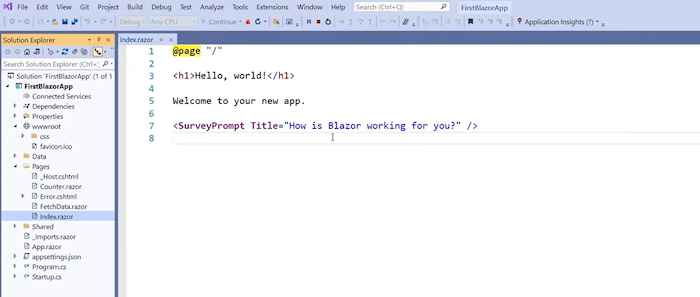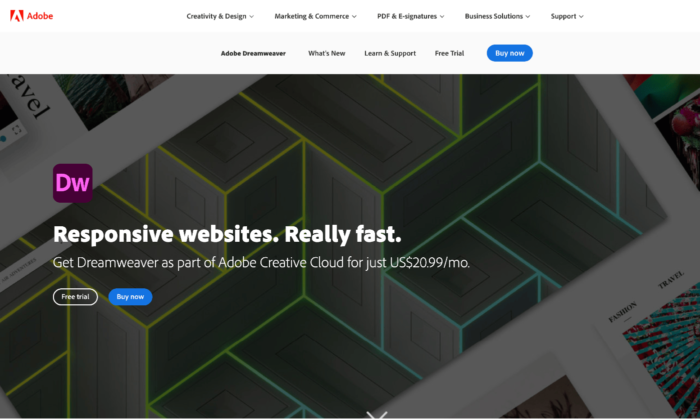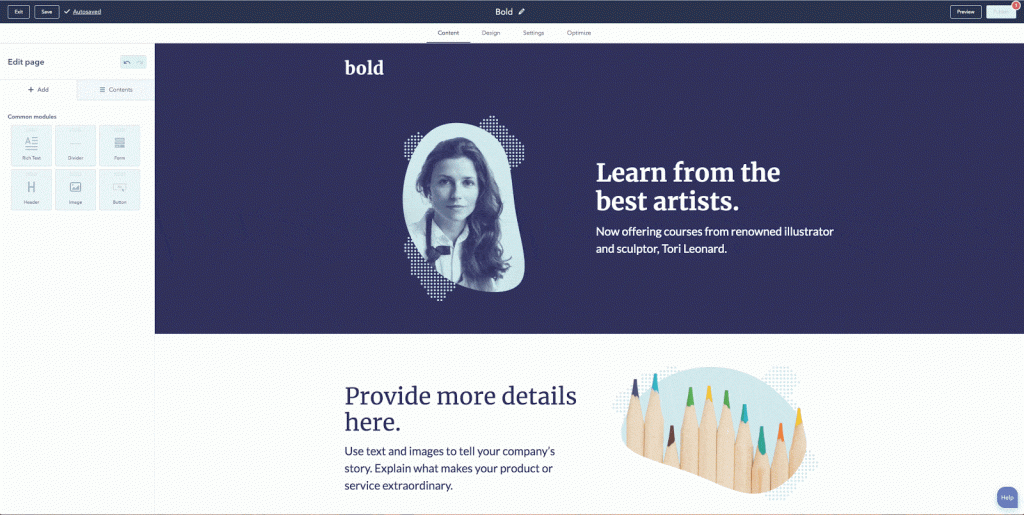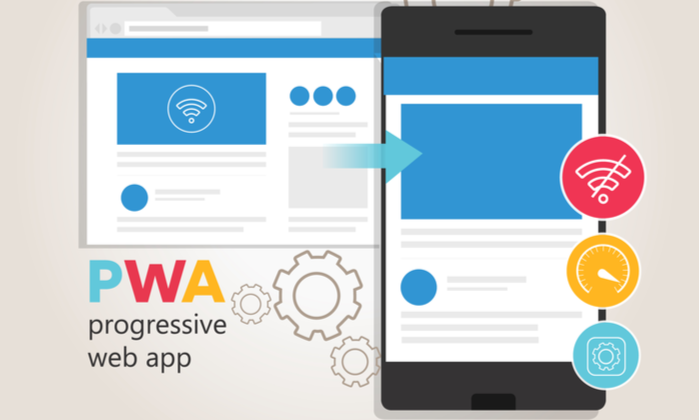A Brief Guide to Blazor for HTTP and C# Applications

By Neil Patel
Behind every great website or application is a lot of coding. When that code is heavy or overly complex, it can slow down website speed and increase bounce rates. This is why a lot of marketers are excited about a new user interface from .NET called Blazor.
The name is a combination of “browser” and the .NET markup syntax Razor, for those familiar with it.
What is Blazor, and what do you need to know about it? Here’s a quick run-down that even non-developers can understand.
What Is Blazor?
Blazor is a user interface that allows developers to build front-end applications using C#, HTML, and Razor templates. You can build components and pages that then run on a server or directly on a browser. It was built by the .NET team and is completely open-source and free for anyone to use.
The use of templates, C#, and HTML makes developing easier and, in many cases, faster.

What Are Blazor Apps?
One of the platform’s key components is Blazor apps, which allow devs to add features without coding every single step. It is a bit similar to the way a WYSIWYG website builder allows users to build a website without coding at all.
In this case, however, it lets devs code without JavaScript.
You can also run Razor apps on Blazor.
How to Run Blazor: Server or WebAssembly
Blazor can be run in two ways—on the server or using WebAssembly, which allows you to run it directly on most browsers.
There are pros and cons to both. Using WebAssembly, you’ll enjoy a fast UX that is supported offline and can use a CDN. However, the initial load time can be slow, and you may need to call the API, which can slow things down.
If you choose to go with the server route, you’ll find onboarding is a bit easier, and load and render times are faster. However, your app won’t work offline, and changes can cause major latency issues. Also, it can be difficult to scale apps because each user has their connection to the server.
Why You Should Use Blazor
Blazor allows developers to write the client-side of code in C# or HTML, which means you don’t have to know JavaScript or other languages. This makes it easier for a single developer to work on a project. It can also make it more manageable to delegate tasks to team members since they only need to know one coding language.
Since the same code is used on the client and server side of an application, the code only needs to be written once—which can save you tons of time.
There are also several benefits for marketers.
Blazor can help developers create sites that generate more traffic.
Server-side …read more
Source:: Kiss Metrics Blog










